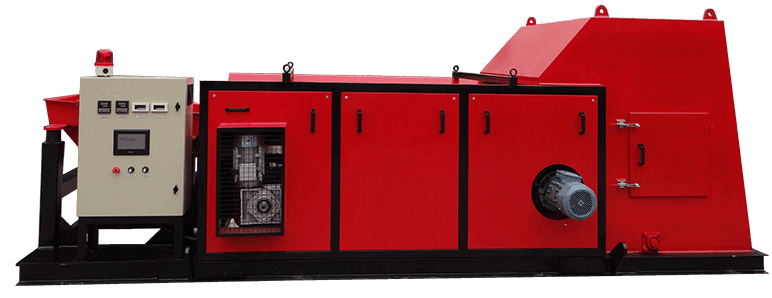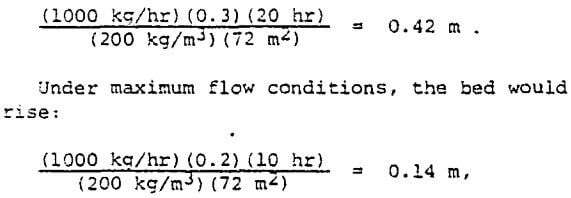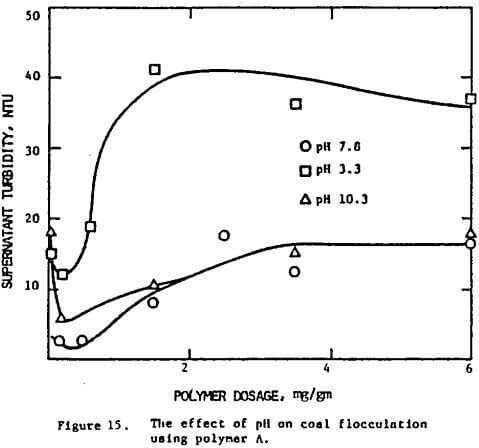Distribution of Gold and Sulfides
Lupin is located on the shores of Contwoyto Lake at lat. 65° 48’N, Long. 111° 15’W and lies about 80 kilometres south of the Arctic Circle. Since start up in 1982 the mine has produced over 2.15 million ounces of gold from 6.66 million tonnes of ore grading 10.63 gm/tonne. Total remaining reserves at 1993 […]
Integrating Plant Wide Control of Supervisory Expert System
Opportunities for maximizing corporate revenues through plant-wide process control strategies are being sought in virtually all industries. The mining industry, in particular, can realize tremendous benefits through implementation of systems that simultaneously monitor, model and optimize unit processes and their interactions. The tendency to downsize the corporate structure, improve productivity while decreasing manpower, and increase […]
The Start Up of Cerro Colorado Mine
Location Cerro Colorado lies on the eastern edge of the Atacama desert in the foothills of the Andean Cordillera of northern Chile. One hundred and twenty kilometers east of the port city of Iquique, the mine site is accessed by 30 km of paved highway and 70 km of upgraded road. The mine site is […]
Gold and Silver in Eddy Current Separator

The Bureau of Mines investigated the concentration and distribution of precious metals in the various fractions produced from mechanical processing of obsolete military electronic scrap. Whole avionic units, printed circuit cards, and electrical connectors were processed and analyzed. Materials recovered included baghouse lights, wire bundles, magnetics , and metal concentrates from eddy-current and high-tension separation. […]
Batch Thickening Theory

Kynch showed that a constant concentration layer propogates upward at constant rate in batch thickening tests under the assumption that settling velocity is a function of only the concentration, as described earlier under Continuous Thickening Theory. His conclusion can be expressed as: Where Ci is the concentration of solids in the layer, and Vi is […]
Selecting Thickener Depth Determination

Where there is little significant effect of compression factors, the bed depth can be selected based upon operating characteristics of the thickener installation. In this case, information must be available (or assumed) concerning the normal fluctuations in feed rate and concentration. Also, sludge storage requirements should be considered. For illustrative purposes, the following example of […]
Flocculation

The flocculation behavior of coal, quartz and clay was studied by measuring the turbidity of the supernatant liquid after one hour of settling. Figure 14 is a plot of turbidity and adsorption density against equilibrium concentration. The turbidity of the supernatant liquid decreases until a minimum is reached and tends to rise thereafter. The results […]
Rheology of Polymer Solutions

Viscosity measurement represents one of the simplest experimental techniques for characterizing polymers. In general, the viscosity of a polymer solution depends on the molecular weight of the polymer and on the configuration of the molecules. For essentially linear polymers such as the polyacrylamide flocculants, coiling of the molecule in response to changes in its environment […]
Continuous Thickening Theory
In a continuous thickener the downward solids velocity with respect to the thickener wall is the sum of the settling velocity of the solids by gravity alone, Vi, plus the downward velocity caused by removal of the thickener underflow, U. The rate at which solids move downward by gravity alone is expressed as the product […]
Polymer Adsorption
Adsorption measurements on all the solids were carried out by the methods described above. Figure 2 shows a typical isotherm for the adsorption of polymer A on coal. The adsorption density rises monotonically until an apparent plateau is reached. For the case shown in Figure 2, the plateau occurs at an adsorption density of about […]
